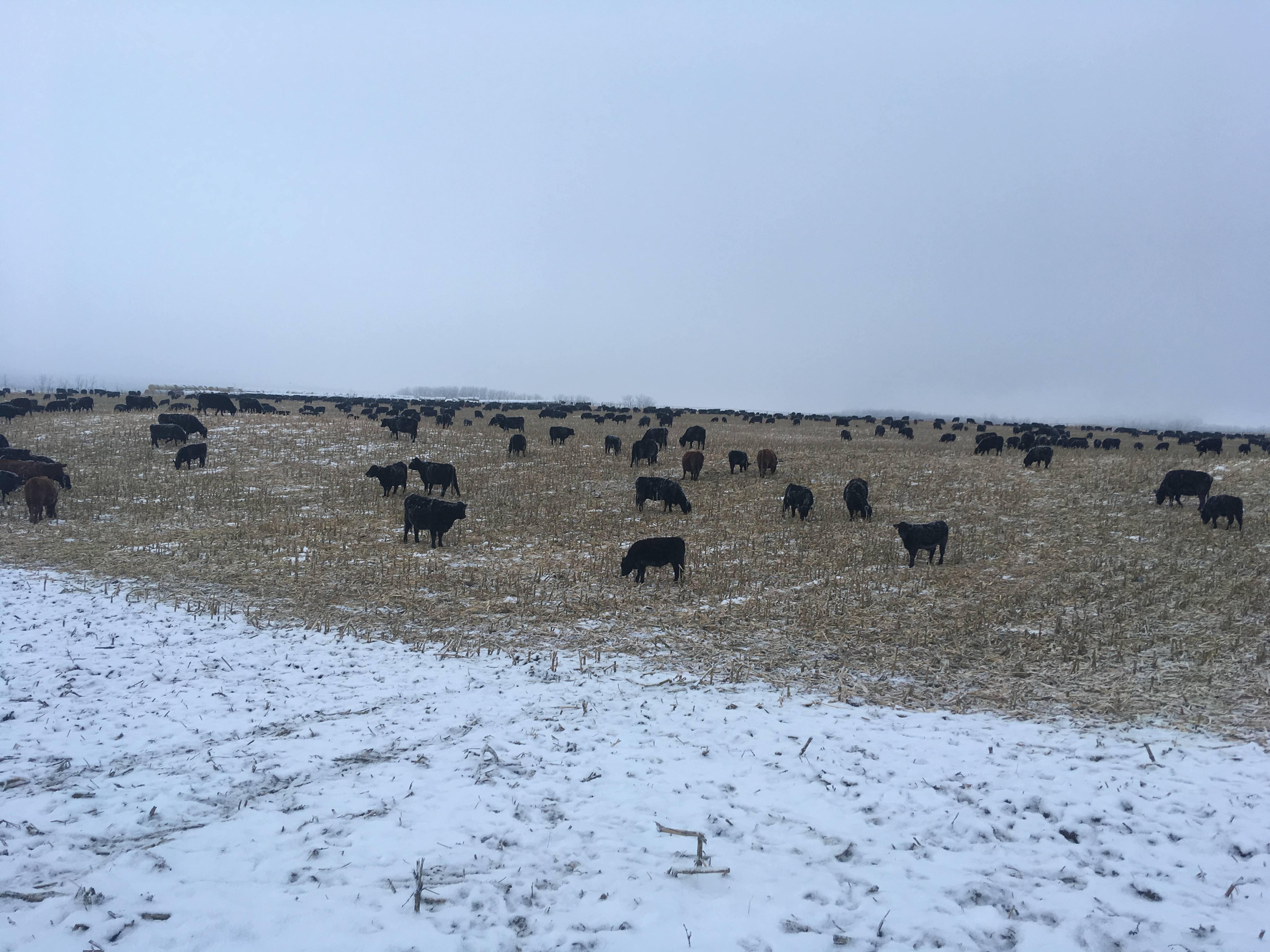Yes all is good till a major breakdown, engine, tranny, axles, JD combine fan and the profit disappears.
Tandem cost us 10G's, mostly labor, wiring/ ECM issues. Tech says TOO old for NEW electronics. Now self diagnosing!
Tandem cost us 10G's, mostly labor, wiring/ ECM issues. Tech says TOO old for NEW electronics. Now self diagnosing!

Comment